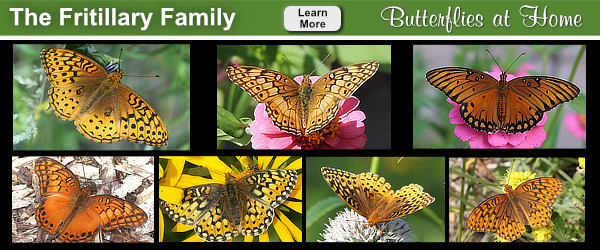Gulf Fritillary Butterfly
Type and Coloration
Categorized as a "longwing", the wings of the Gulf Fritillary (Agraulis vanillae) are elongated.
It is bright orange above with black markings with three black-lined white spots near the leading edge of the fore wing. Their undersides feature whitish-silver spots outlined in black, against a brown background.
Identification and Comparison of the Male and Female Gulf Fritillary
Females are slightly browner, darker and more extensively marked than the male, and generally larger (see image below).
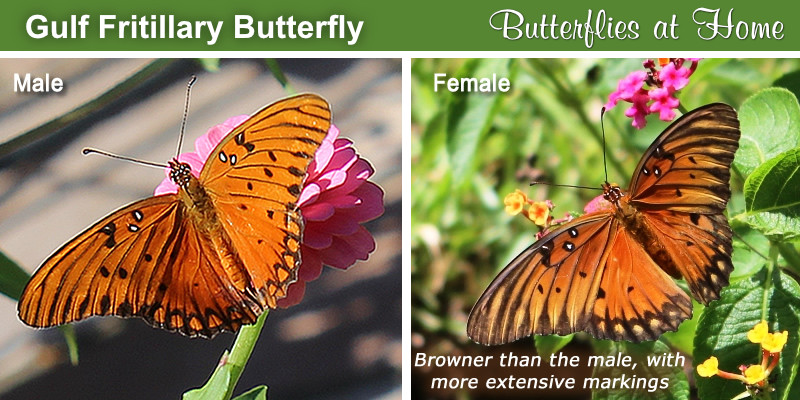

Characteristics of the Gulf Fritillary Butterfly
Gulf Fritillaries have several broods in the spring and summer, and reach peak populations from August through November in the South and Texas. Individuals may live for several weeks; in warm weather up to 4-6 weeks. In cold weather they survive 2-3 months, but cannot survive below 21 degrees Fahrenheit.
The typical size of the adult Gulf Fritillary is 2.5" - 3.0".
The Gulf Fritillary is commonly found in open, sunny areas such as parks, woodland edges, roadsides, fields and urban gardens. It occurs throughout the southern United States, from Florida to California, and southward through Mexico.
Nectar and Host Plants Used by the Gulf Fritillary
Nectar plants used by the Gulf Fritillary include Lantana, Zinnia, Aster, Thistle, Verbena, and others.
Its host plants are Passion Vine and Passion Flower.
Explore more about the Fritillary Family of Butterflies.
Gulf Fritillary Butterfly Photos
Gulf Fritillary Butterfly on a Pink Zinnia in East Texas
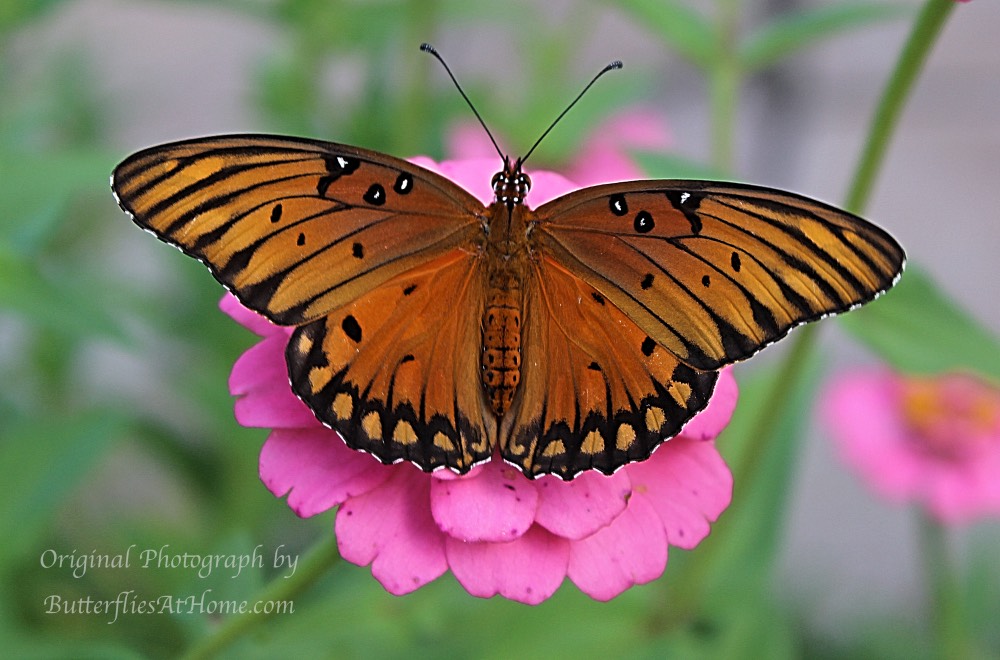
Gulf Fritillary Butterfly (dorsal view) on Zinnia
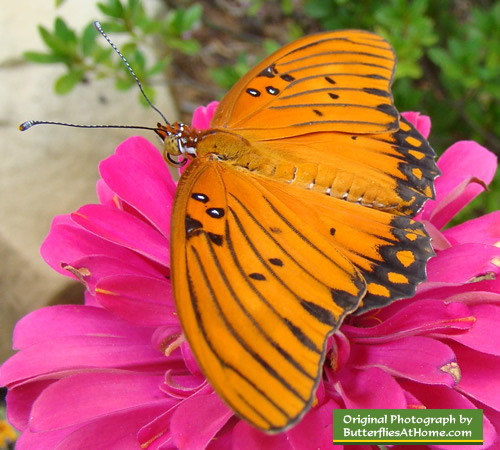
Gulf Fritillary Butterfly (ventral view) on Zinnia
Gulf Fritillary Butterfly (wings open) on Zinnia
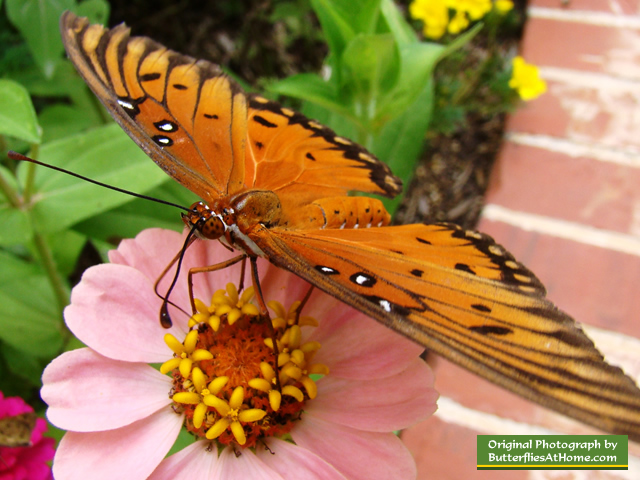
Gulf Fritillary Butterfly on orange Zinnia
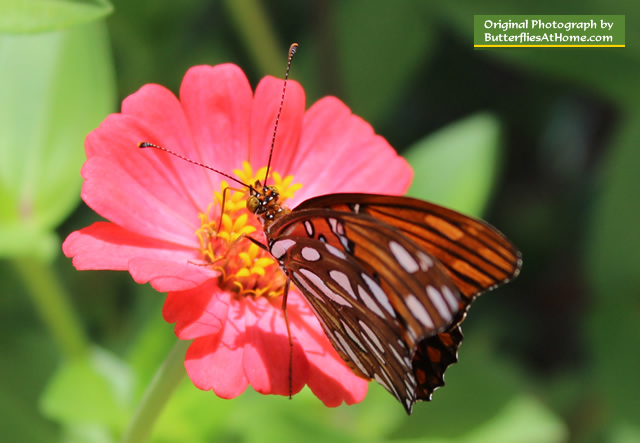
Gulf Fritillary Life Cycle: Stages and Timings
| Stage | Duration |
| Egg stage | 4 to 8 days |
| Caterpillar (larval) stage | 2 to 3 weeks |
| Chrysalis (pupal) stage | 5 to 10 days |
| Adult butterfly stage | 2 to 4 weeks |
Passion Vine, a host plant for the Gulf Fritillary Butterfly
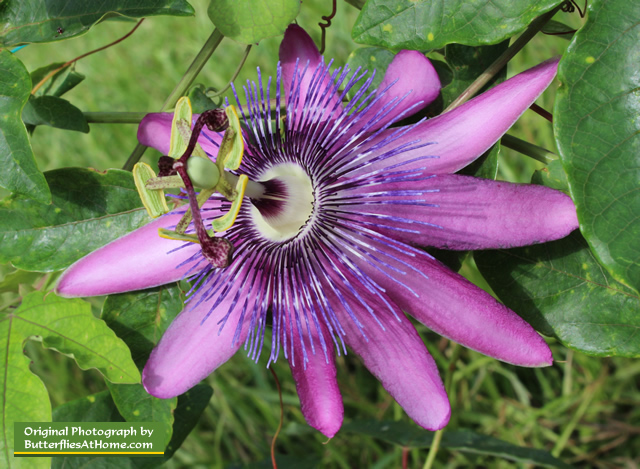
Blossom on native Texas Passion Vine, commonly called Maypop, a host plant for the Gulf Fritillary Butterfly
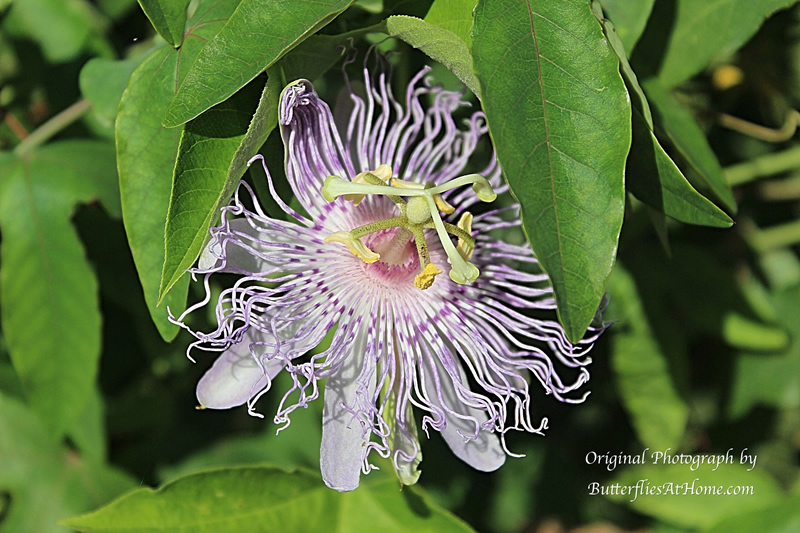
The fruit of a native Texas Passion Vine, commonly called Maypop
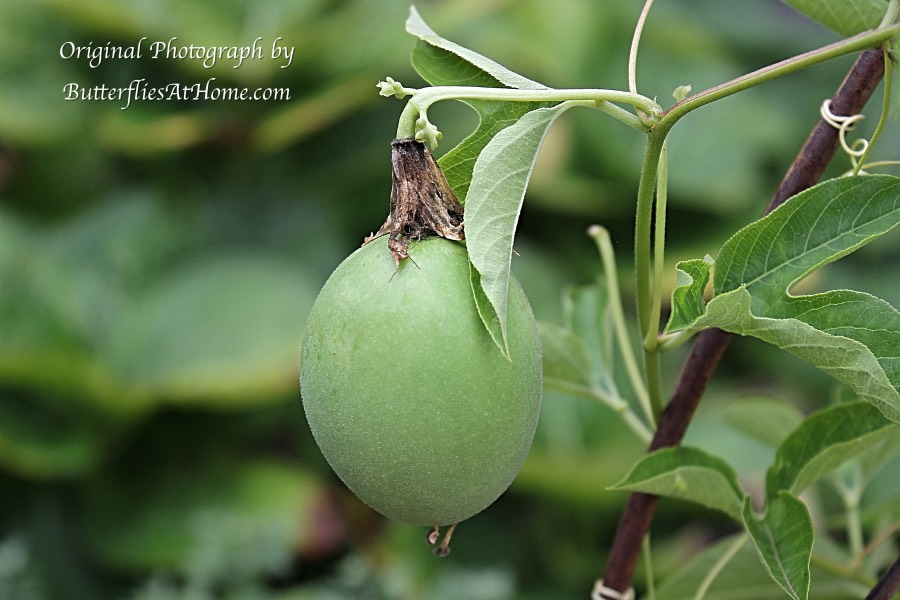
Female Gulf Fritillary Butterfly hanging upside down on Passion Vine laying eggs
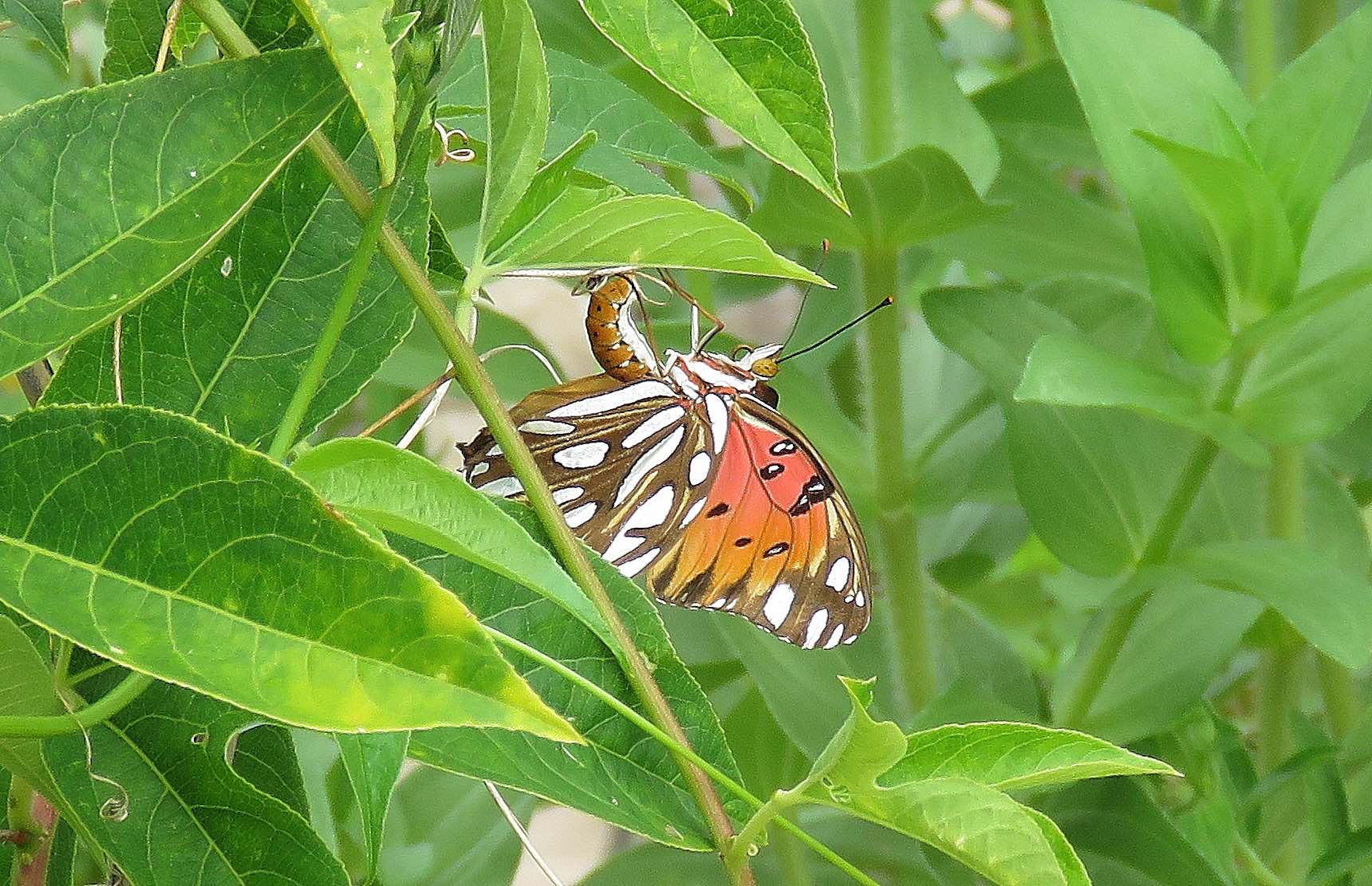
Female Gulf Fritillary Butterfly on Passion Vine laying eggs
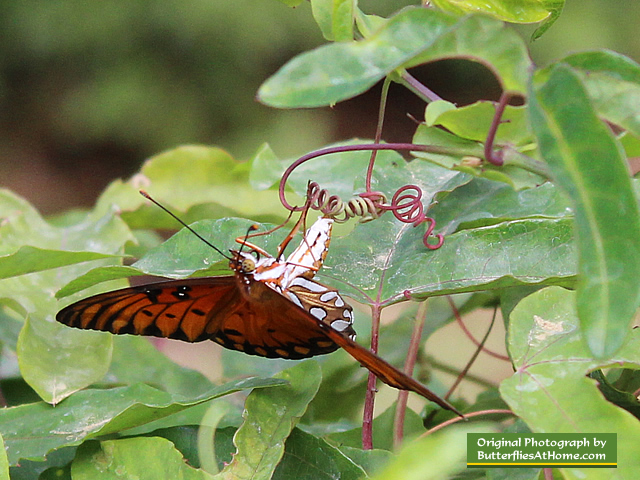
Female Gulf Fritillary Butterfly with a fresly laid yellow egg
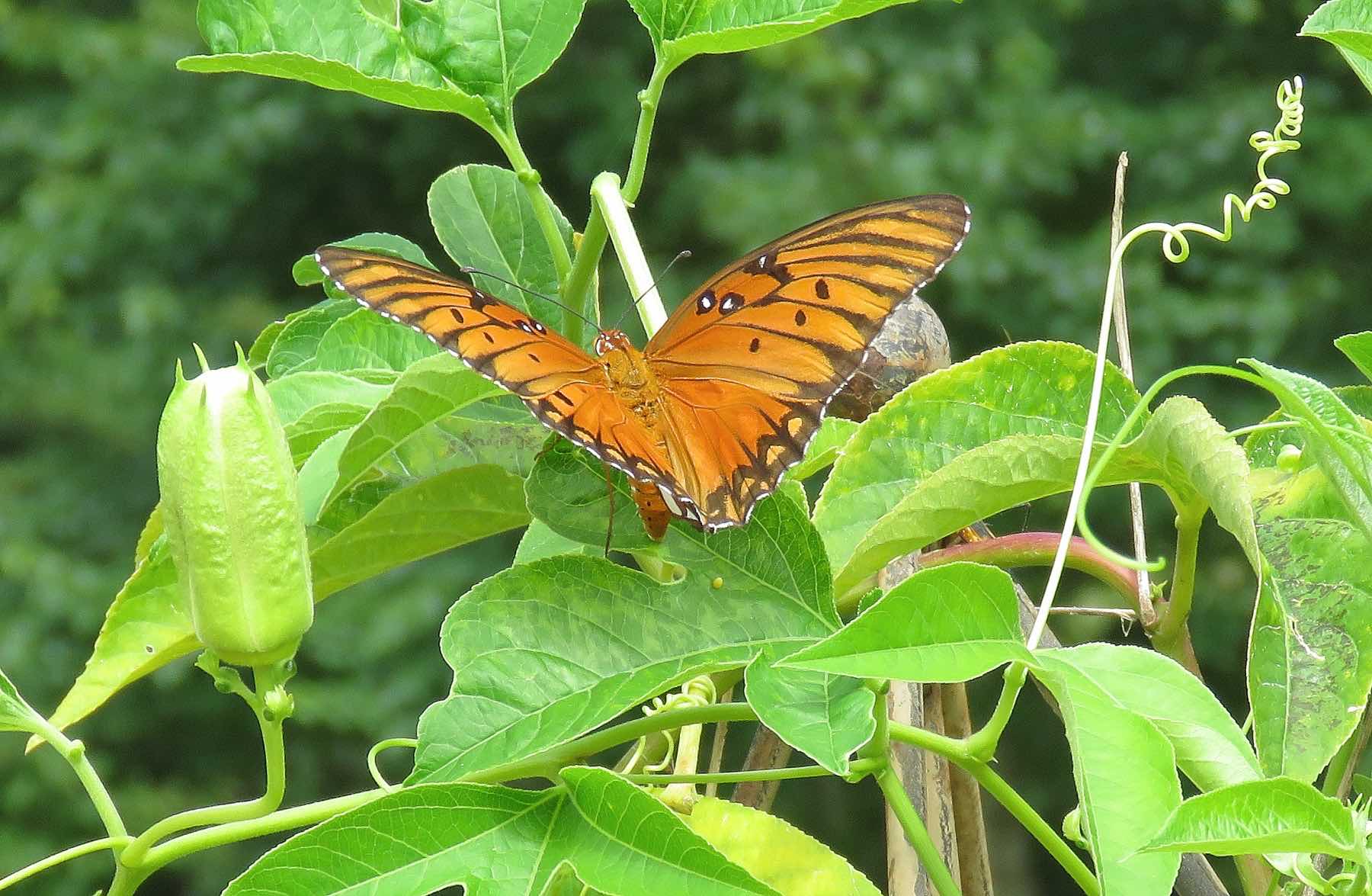
Close-up of a yellowish elongated, ribbed egg laid by the Gulf Fritillary Butterfly on a Passion Vine stem
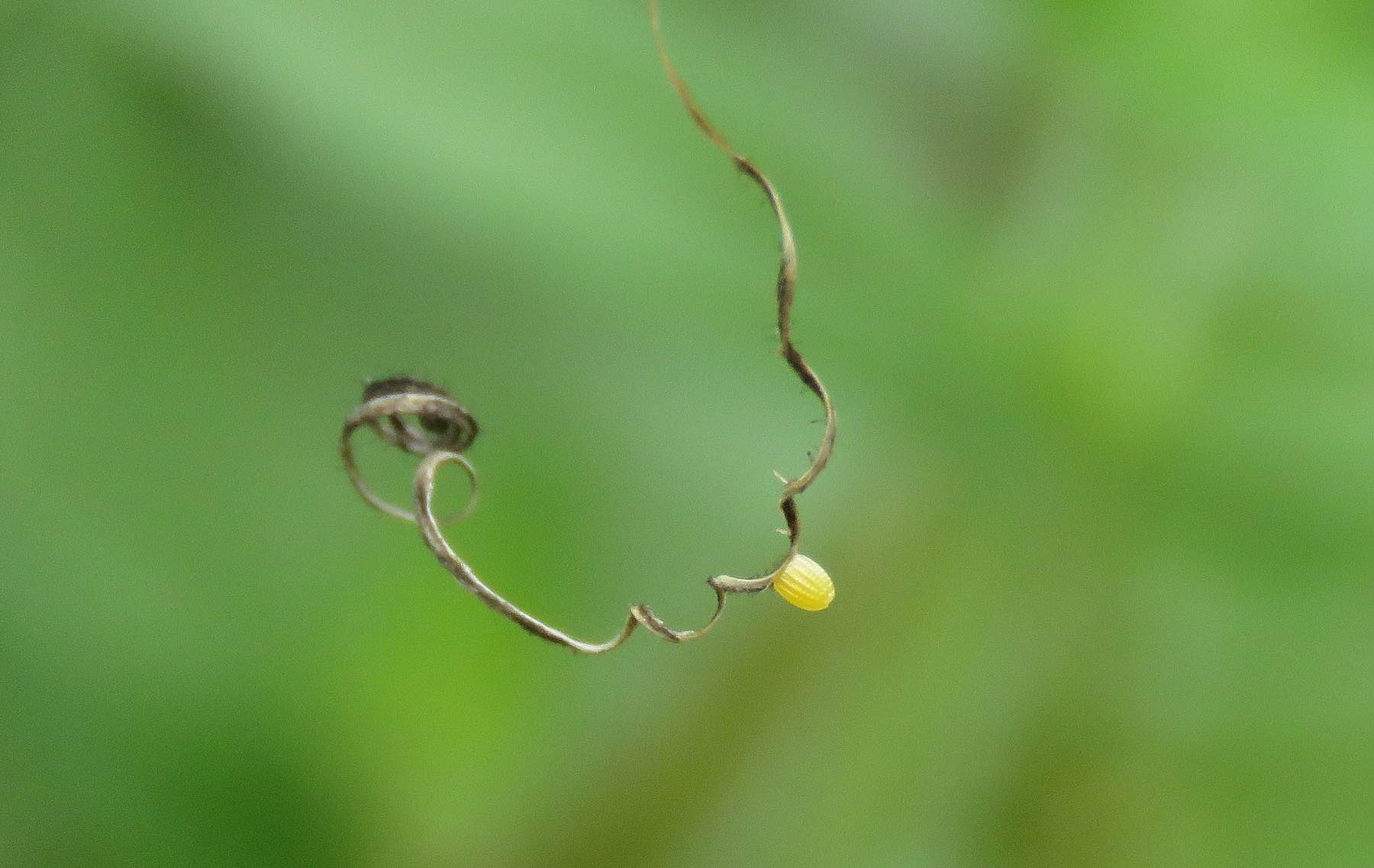
Often the Gulf Fritillary Butterfly will lay an egg on the tender, twisted tendrils of the Passion Vine
An older, darker egg of the Gulf Fritillary Butterfly
|
Newly hatched Gulf Fritillary caterpillar ... can you spot it on this Passion Vine leaf?
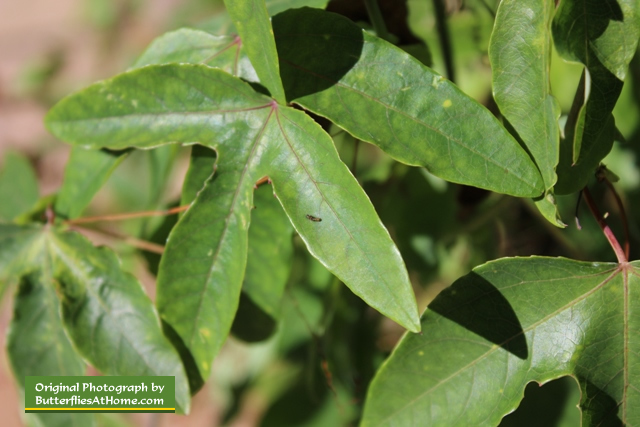
Newly hatched Gulf Fritillary caterpillar leaving its egg casing nearby ... on a Passion Vine leaf
Close-up view of this newly hatched Gulf Fritillary caterpillar
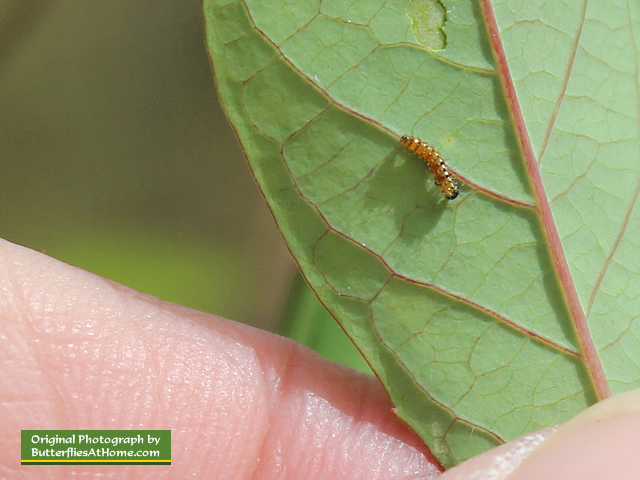
Gulf Fritillary caterpillars dining on a young Passion Vine
(Note their size compared to top of a paper clip)
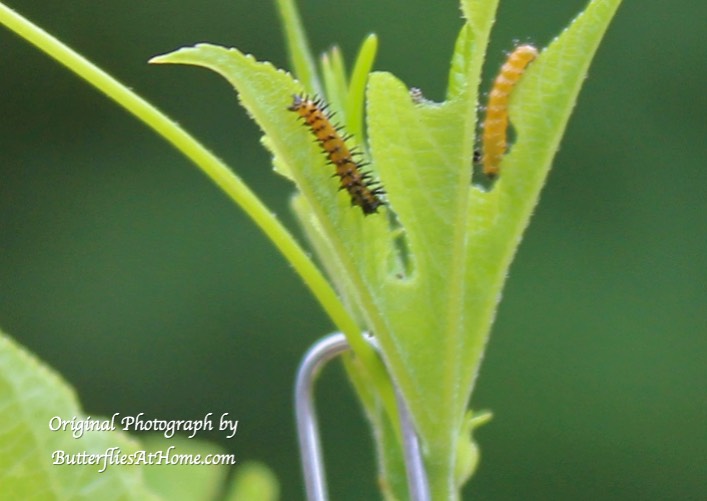
Growing Gulf Fritillary caterpillars on a Passion Vine
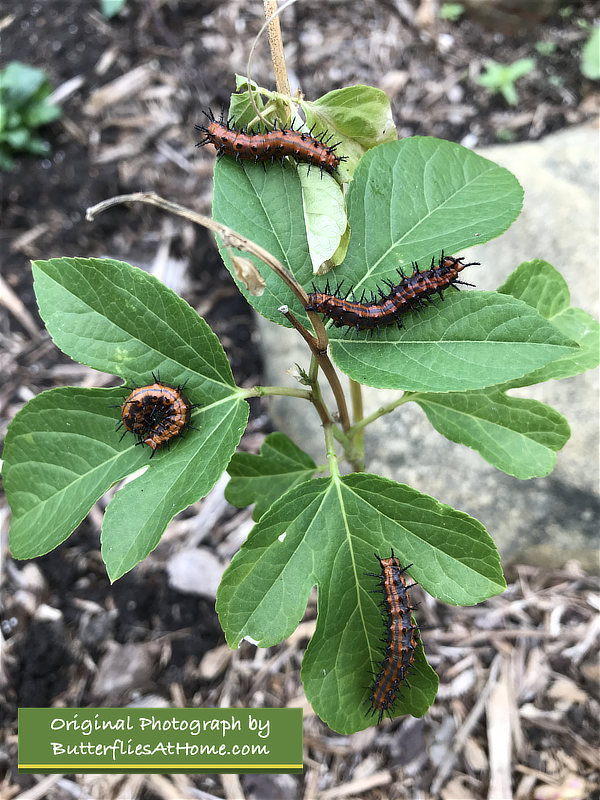
Gulf Fritillary caterpillar eating a Passion Vine flower bud
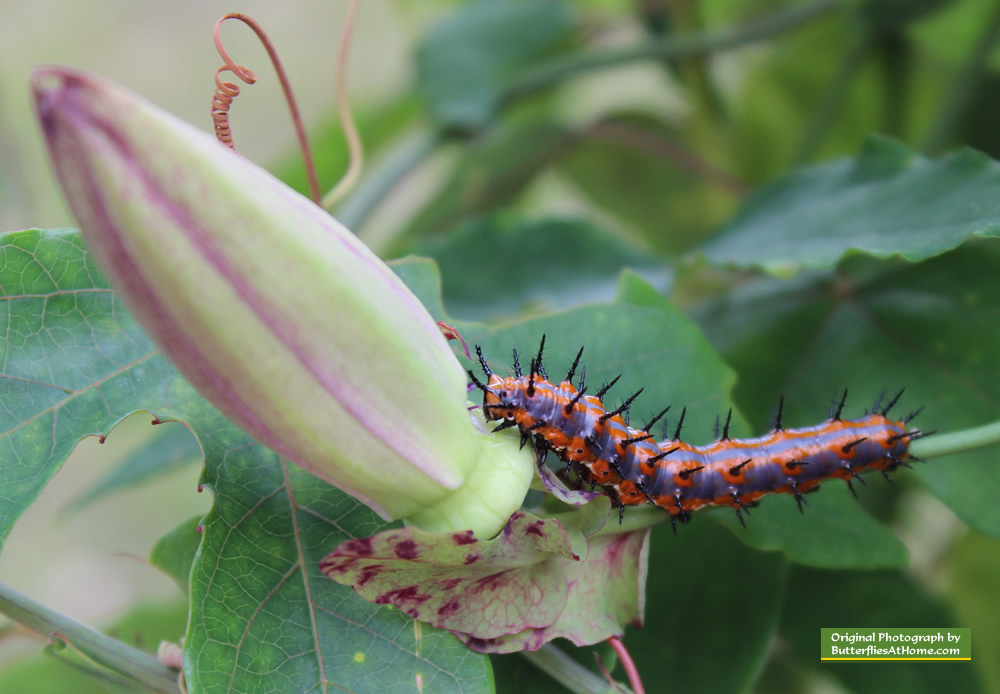
Close-up view of a Gulf Fritillary caterpillar devouring a Passion Vine flower bud
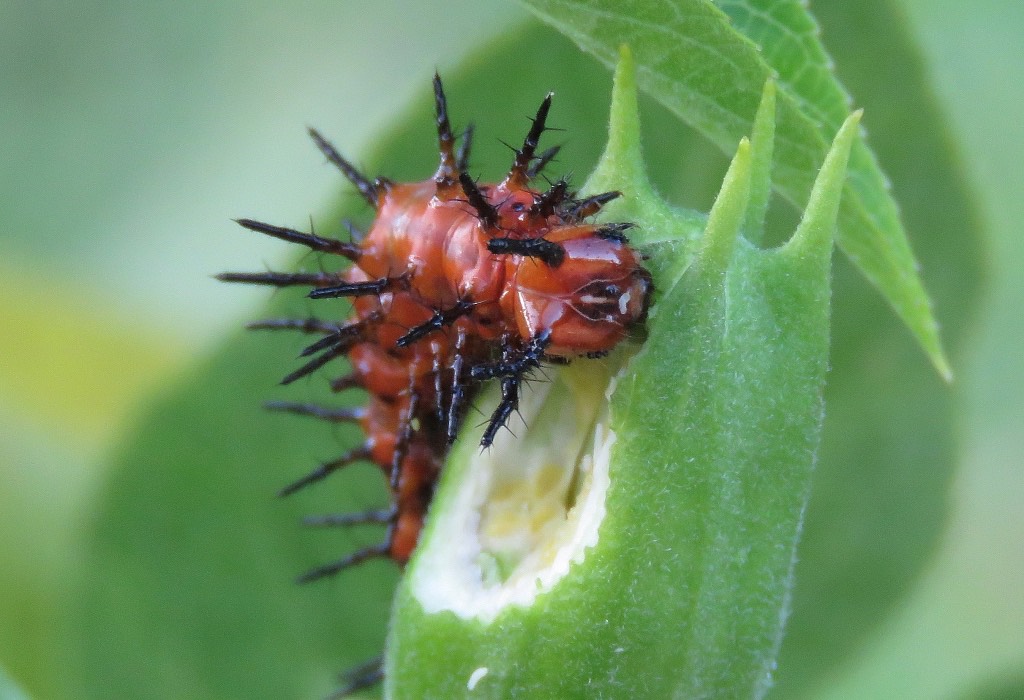
A mature Gulf Fritillary caterpillar devouring a Passion Vine ... they look dangerous to potential predators, but do not sting despite their black branched spines!
Gulf Fritillary caterpillar in the classic "J Position" preparing to enter its chrysalis
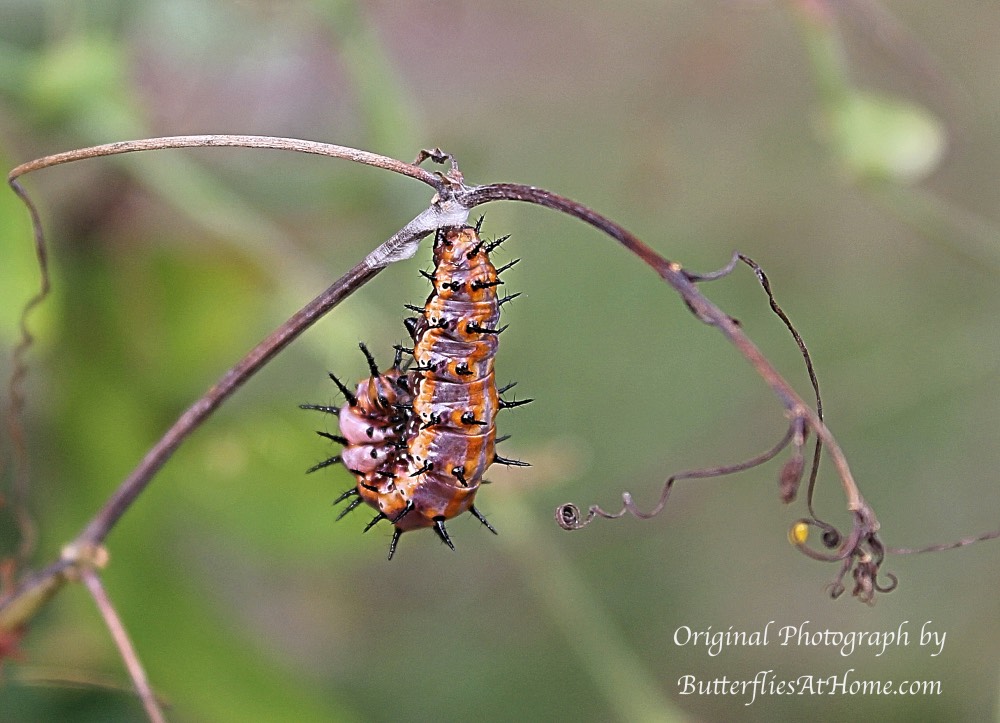
Can you spot the Gulf Fritillary chrysalis amid these Passion Vines?
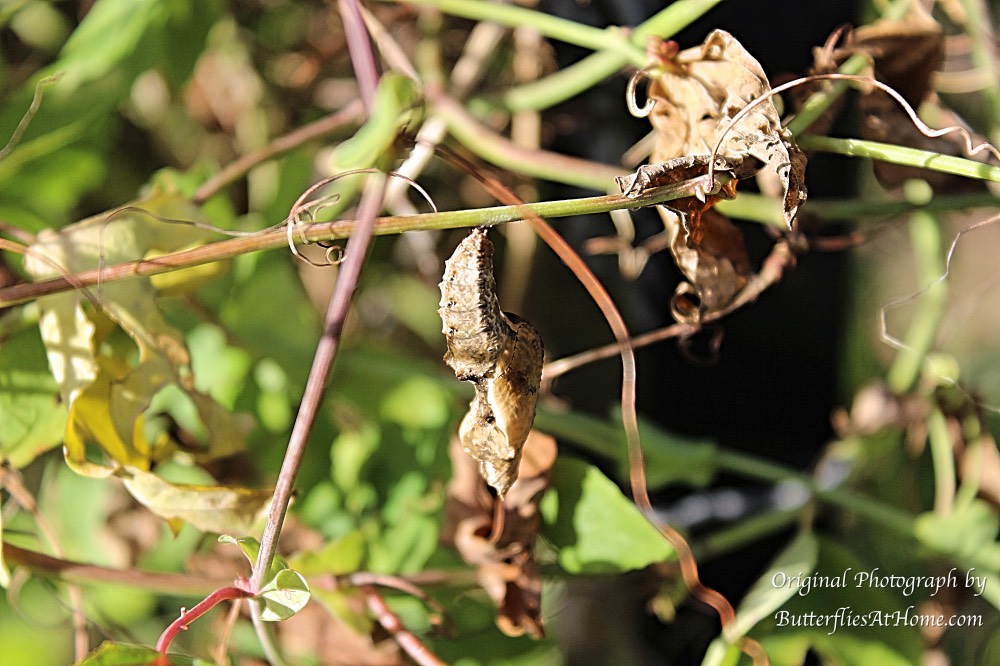
The tan, brown and cream colored Gulf Fritillary chrysalis often has a deep indentation. It looks like a dead leaf!
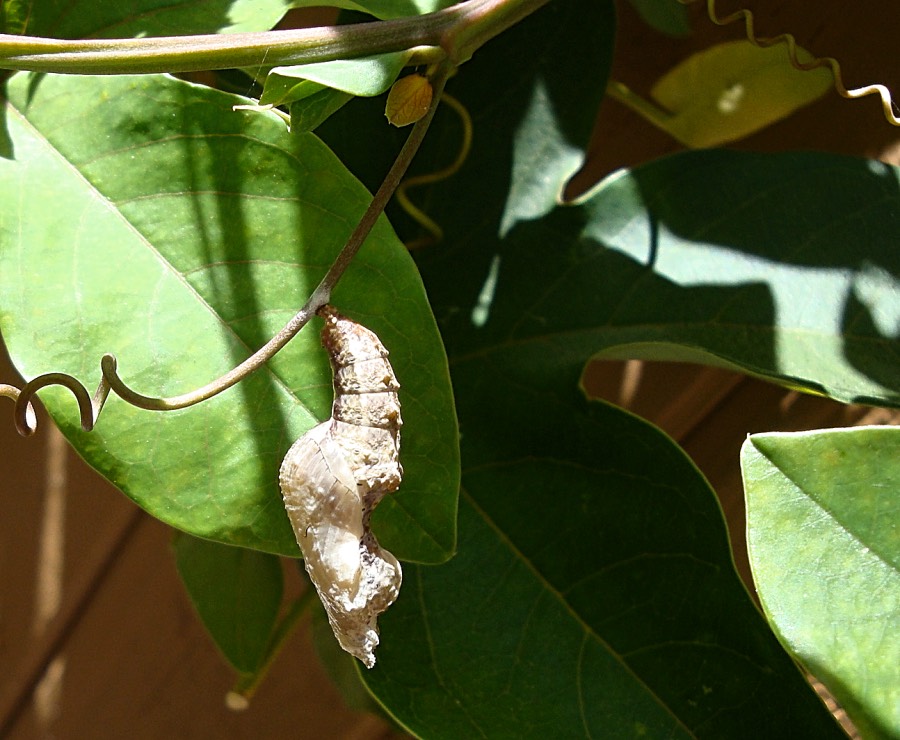
The life cycle is complete! An adult Gulf Fritillary Butterfly on a Pink Zinnia - Fall, 2016
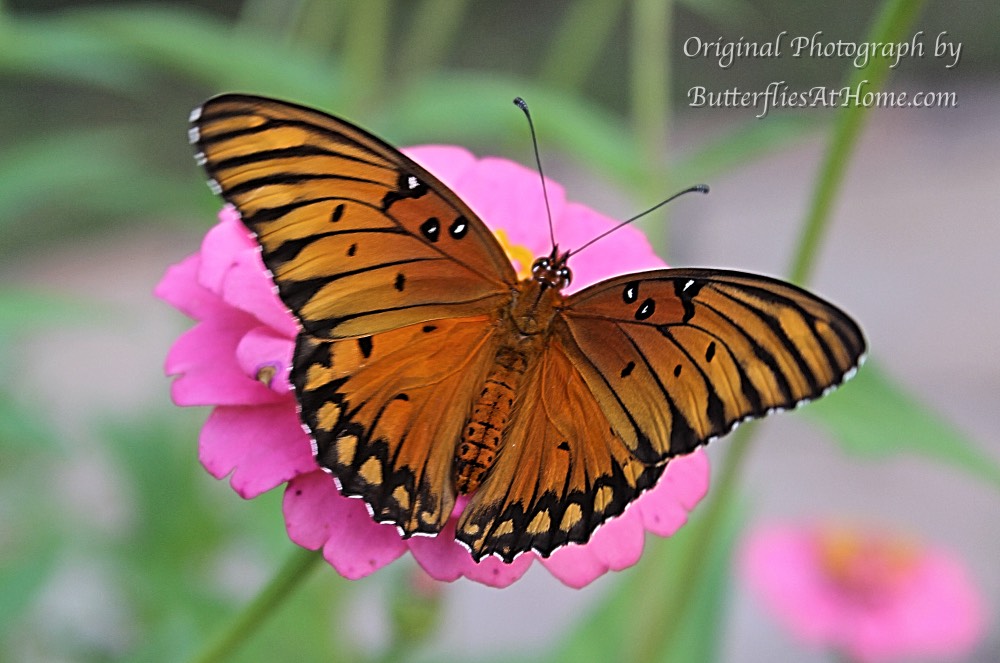
 |
|||
Check out these popular butterfly items at our Amazon Store |
|||
| Kaufman Field Guide to Butterflies of North America 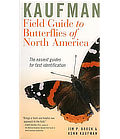 |
The Life Cycles of Butterflies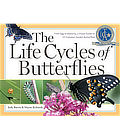 |
Peterson First Guide to Butterflies and Moths of North America 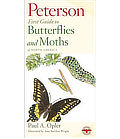 |
|
Outdoor Butterfly Hanging Flag |
Butterfly Habitat Cage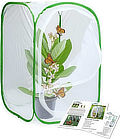 |
Butterfly Sterling Silver Pendant |
|
|
|||
Shown below is a photograph of a Gulf Fritillary butterfly at Eisenhower Park in San Antonio, Texas, October 22, 2016.
Photo by and courtesy of Quinn Bergeon

